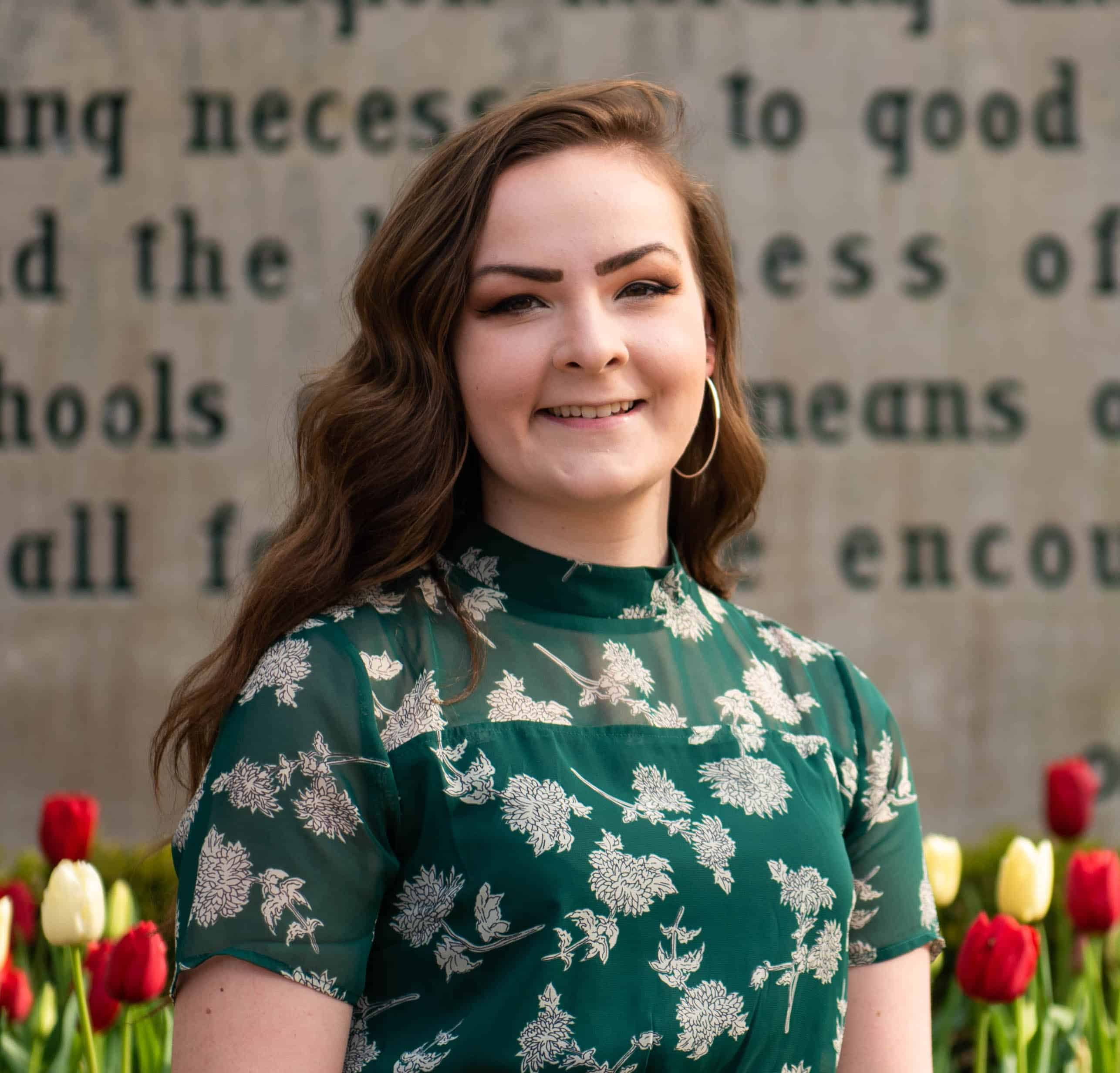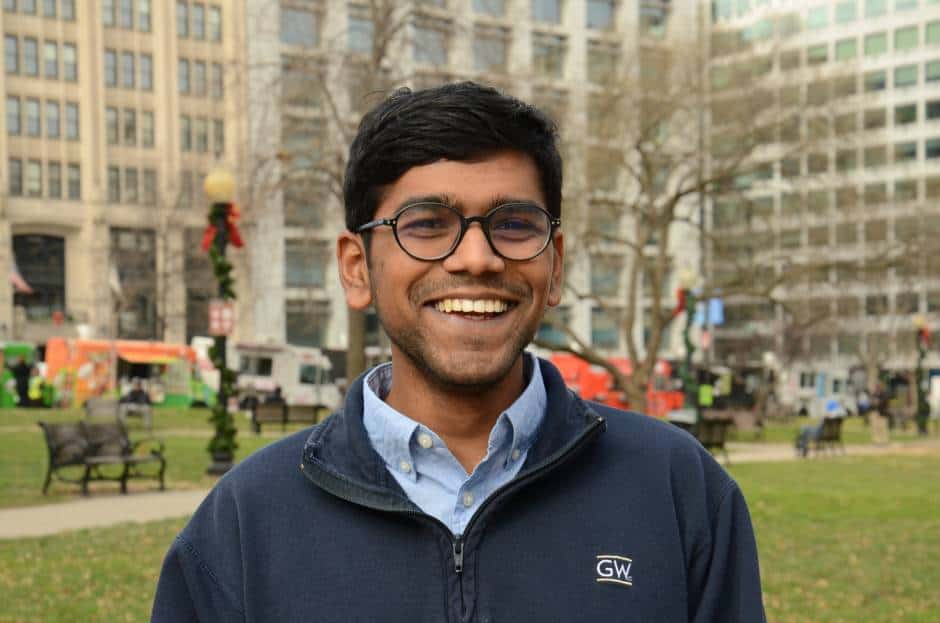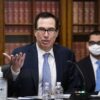The Center for Public Integrity is a nonprofit newsroom that investigates betrayals of public trust. Sign up to receive our newsletters.
Introduction
As the pandemic hit, orders cratered at KB and Katie Brown’s print shop in Minneapolis. They knew they would need help — exactly what the Paycheck Protection Program was meant to provide.
But despite trying three lenders, they never got one of the forgivable COVID-19 loans handed out from April through early August. They had to furlough their four employees and still don’t fully understand what went wrong in a process that felt Byzantine and inequitable to them.
“I just don’t think the program was slated towards really small businesses,” said KB Brown, who is watching with dread as firms in his majority Black and lower-income community struggle and close. “It’s bullshit.”
Congress wanted the U.S. Small Business Administration to ensure that PPP loans prioritized small businesses in “underserved” markets, a term that includes low-income communities, rural areas and businesses owned by people of color, women and veterans. But the SBA’s inspector general warned in early May that it could find no evidence the SBA told lenders to do that. By the time the agency sent a memo to that effect in mid-June, nearly all the loans had been issued.
The result: Most PPP loans went to businesses in communities that already had more access to resources, according to a Center for Public Integrity analysis of recently released SBA data.
Loans didn’t reach a greater share of businesses in the lowest-income communities, where median household income is about $40,000 or less and recessions hit the hardest. Instead, the numbers fell just shy of their share of small employers in the U.S., the Public Integrity analysis found.
That’s hardly priority status, Baltimore economist Anirban Basu said.
“It means that a higher share of businesses in lower-income areas are financially vulnerable and therefore increases the likelihood of business failures in precisely those communities,” said Basu, whose own firm received a PPP loan. “And these are communities that can’t afford to lose businesses.”
Rural areas did only slightly better: The PPP reached them in proportion to their share of small employers.
The SBA did not ask applicants for their demographic information. But a May survey by Color Of Change and UnidosUS suggested that Black and Hispanic business owners were often denied the help, and many feared their firms would not last the year.
“We believe that instead of providing desperately needed relief to qualifying small businesses, the PPP propped up so many barriers and reinforced so many racial inequities,” said Arisha Hatch, vice president of Color Of Change, a racial justice organization.

Bank of America, the top PPP lender by number of loans, sent half to the nation’s highest-income ZIP codes — well above those areas’ share of small employers. Just 8% of its loans went to the lowest-income communities, well below their share.
BOM Bank in Louisiana, by contrast, did exactly the opposite. Also, 15% of its loans went to rural areas, versus 1% of Bank of America’s.
But BOM, a community development financial institution whose mission is to help the types of borrowers that Congress wanted the SBA to prioritize, is small and processed about 1,000 loans. Bank of America issued more than 340,000, according to the SBA’s records.
Bank of America limited its participation in the program to its existing business clients. The company said it committed $250 million — the equivalent of 1% of the total amount in PPP loans it ultimately processed — so more community development financial institutions could get the loans to underserved areas.
“About 44% of the loans we made were to businesses located in either low- or moderate-income areas or neighborhoods with greater than 50% minority residents,” said Bill Halldin, a Bank of America spokesman.
As America endures the worst surge of COVID-19 yet and businesses struggle to stay open, the impact of where PPP money spread around the country this spring and summer continues to ripple through communities. Many of the largest firms that received loans got the quickest help, while the smallest ones — the type disproportionately owned by people of color and women — had to wait. Some never got anything.
Now Congress is wrangling over a relief package that seems likely to include a tweaked version of the program. One proposal would lower the maximum size of an eligible company to 300 employees, with money set aside for very small firms.
If the PPP starts up again, though, the federal government must correct the problems that made the program hard for those smallest firms to access, said Gwendy Brown, vice president of research and policy at the Opportunity Fund, a nonprofit business lender.
Tiny businesses don’t have the same financial documents that larger firms do, and the rules must account for that, she said. She also thinks the fees the SBA provides banks should incentivize the smallest loans, and amounts under $150,000 ought to be automatically forgiven.
“Let’s find the smallest businesses, businesses owned by people of color, and let’s get them some money,” Brown said. “So much money … did not get to so many people who needed it.”
It’s not surprising that lower-income areas would end up with less from a program designed to push money out as quickly as possible, said Richard Clinch, an economist with the University of Baltimore. But it doesn’t have to be that way if the PPP gets another round. The SBA could set targets and coordinate with local leaders on outreach, he noted.
The SBA released the latest PPP data after newsrooms, including Public Integrity, sued to get it. The data gives a more complete picture of which firms received the money and how much they got. (Public Integrity received a PPP loan.)
Asked why it hadn’t earlier directed lenders to prioritize underserved areas, the agency declined to comment.
In a one-sentence statement, the agency said: “SBA’s historically successful COVID relief loan programs have helped millions of small businesses and tens of millions of American workers when they needed it most.”
‘Left out in the cold’
The PPP money initially ran out in less than two weeks. During that mad dash for help, more established firms looking for bigger loans had an edge. They had accountants on staff, lawyers on call and bankers they knew personally.
Nearly three-quarters of PPP recipients with loans above $5 million were approved before funding dried up in the first round. It was the reverse for firms with loans less than $50,000: Just over three-quarters had to wait until Congress approved a second round.
That’s what happened to Rosa Daniels and her daughter, Dana Myers. Daniels said their Main Street Bakery & Gift Shop in Columbia, South Carolina, which employs six people, tried to apply for a PPP loan a few days after the program launched on April 3. The bakery’s bank, Wells Fargo, required businesses to fill out an “expression of interest” form to get in line for the right to fill out an application, so she did.
She waited, checking anxiously on the status for days. “They kept telling me, ‘We’ve got your [form], it’s pending, others are ahead of you,’” she said.
It wasn’t until April 15, as the SBA was warning that the money was nearly gone, that Wells Fargo received her formal application. Not sure what she would do if she didn’t get the loan, Daniels tried another institution the same day. Self-Help Federal Credit Union, part of a family of nonprofits that also owns the building in Washington, D.C., where Public Integrity’s offices are located, finished processing her application on April 16 — but they’d run out of time. The $349 billion had been used up, the SBA announced.
“My opinion: I think they ran out of money because they were giving it to such large, large businesses,” said Daniels, who is Black. “Really, the small business owners, the really small businesses, got left out.”
Wells Fargo, the fourth-largest PPP lender by number of loans, sent 8% to the lowest-income ZIP codes and 2% to rural areas. The bank said it processed requests on a first-come, first-serve basis, and that areas with low-to-moderate income or where at least half the residents are people of color accounted for 41% of its PPP lending.
“We’ve remained committed to helping as many small businesses as possible, and serving those hardest hit by the current environment, particularly diverse-owned businesses,” Manuel Venegas, a Wells Fargo spokesman, said in a statement.
What made the uncertain wait for a PPP loan so stressful for Daniels and her daughter was that it came as the bakery struggled from a one-two punch of plummeting business and refund requests for wedding cakes. Events were canceled, but the bakery had already bought supplies and could not return them.
Congress authorized more PPP money on April 23. Main Street Bakery was approved for a $12,645 loan through Self-Help a few days later.
Advocates and lenders heard many stories from small business owners who couldn’t get help or basic information from their bank during the early part of the PPP.
“A lot of minority people learned in this process that … they really didn’t have a [banking] relationship, and they didn’t have anyone to call,” said Kenneth White, board chair of the Maryland Black Chamber of Commerce and a banker. “They were left out in the cold.”
These are the same Americans the banking industry has a long history of discriminating against, from the government-directed “redlining” that blocked investment in minority neighborhoods for decades — a major reason for the country’s massive racial wealth gap — to modern-day overcharging of Black and Hispanic customers for loans.
There’s evidence that this occurred in the Paycheck Protection Program. The National Community Reinvestment Coalition said it found unequal treatment during its “mystery shopper” tests of national and regional banks, in which pairs of testers with similar financial profiles but different races asked for small-business assistance.
The demand for money was so high that some lenders were trying to process more loans in four months than they usually manage in years or even decades. That also made it difficult for very small firms in need of help with the application process to get anyone on the phone and work through problems.
“Really, the small business owners, the really small businesses, got left out.”
Rosa Daniels of Main Street Bakery & Gift Shop in Columbia, South Carolina
Credit unions, community development financial institutions and other smaller lending outfits salvaged the PPP for a lot of Black-owned businesses, said Melvin M. Coleman, executive director at the Atlanta Black Chambers. More such lenders were allowed to participate as PPP lenders in the second round.
If not for that, Coleman said, “I think it would have been a disaster.”
That’s exactly what it was for KB and Katie Brown, the owners of the Minneapolis print shop. Wolfpack Promotionals saw business dwindle as the pandemic upended the market for items such as conference swag. They first tried their bank for a PPP loan and got nowhere. So they applied to PayPal and Square, both top PPP lenders.
Katie Brown said after she submitted their online application to PayPal, the company indicated in a pop-up message on her screen that they had been approved for just under $8,000. All she had to do was upload some additional documentation. She did that. When she checked back later, she said the online portal told her no more information was required.
As she waited for the money — and waited — she called PayPal to get information. She was transferred a lot, she said, but couldn’t reach anyone.
The Browns, unsure what was happening, thought the funding would eventually arrive. But when SBA released the names of all PPP recipients last week, Wolfpack was not on it.
PayPal declined to comment on the matter, saying it could not speak about individual customer accounts.
“More than 76% of PPP loans provided through PayPal were for $25,000 or less while nearly 40% were for $10,000 or less,” Joseph Gallo, a company spokesman, said in a statement. “PayPal strives to help the smallest of small businesses.”
Square said it denied Wolfpack because the documentation “did not meet requirements.” The company said it sent an email to that effect, but the Browns say they never received it. They didn’t try to follow up on the status of that application — or apply elsewhere — because they thought PayPal had approved them.
From the Browns’ perspective, the PPP was opaque and confounding. They had no HR staff or outside experts to turn to for advice. Like the owners of many very small businesses, they had to go it alone.
‘A wealth transfer’
The public may eventually get a better grasp of how well the program reached the people who have the hardest time accessing business financing. When firms apply for their PPP loan to be forgiven, they can voluntarily disclose whether the owners are people of color, women or veterans.
The SBA did not include those optional questions on the loan application form, even though it does so for its main small business loan program. Sometimes PPP lenders asked anyway — but not often.
In just 10% of the loans was the race or ethnicity of the principal owner reported. Of those owners, 78% are white, 11% are Asian, 8% are Hispanic and 3% are Black.
That’s especially problematic given that the pandemic’s consequences have fallen hard on people of color, taking both lives and livelihoods. In April, the number of active business owners plummeted 22% from two months earlier. For Black business owners, it was almost twice as bad.
The number of active business owners rebounded in later months, said Rob Fairlie, an economics professor at the University of California, Santa Cruz, who analyzed federal survey figures. But the pandemic isn’t done with small firms yet.
“I’m really nervous we’re going to have a big shakeout and it’s going to happen relatively soon,” Fairlie said. “We know the sales have been down … and that can’t go on forever.”

CDC Small Business Finance, a nonprofit lender that focuses on underserved customers, reported demographics to the SBA for many of its 4,000 PPP recipients. Of those, 60% are businesses owned by people of color. The institution collaborated with groups, including Our Fair Share, that also wanted to ensure the program reached these firms.
“It didn’t come organically,” said Robert Villarreal, executive vice president at CDC Small Business Finance. “We had to go out and form these partnerships [with] organizations that really focus on communities of color, and they were able to provide us leads.”
Some of the lender’s PPP recipients tried national banks first and heard nothing back, Villarreal said.
The outreach efforts turned up another problem keeping very small businesses from accessing help: People weren’t aware of the program, or they thought they weren’t eligible.
“We heard that a lot: ‘I didn’t know that I could do this,’” Villarreal said.
On the surface, CDC Small Business Finance’s reach into high- and low-income communities looks similar to that of large national banks. But that’s because the California-based institution’s PPP loans went predominantly to firms in its state, which has a high cost of living.
BOM Bank largely serves central Louisiana, which is a lower-income region. In Natchitoches Parish, where the bank is headquartered, a third of residents live in poverty. BOM’s PPP loans went to its customers, to Louisiana businesses that couldn’t get help from their own banks and to firms from other states.
“We were able to loan to a lot of rural areas and a lot of underserved areas,” said Logan Lambert, BOM’s assistant cashier. “Just to be able to help these people at a time when they didn’t know if, two weeks from now, their lights were going to be on, it was a very rewarding time for us.”
But that funding came months ago now.
The top question Self-Help gets from its PPP borrowers is, “‘Can I apply for another one of these?’” said Tracy Ward, with the nonprofit. “They’re not going to be able to survive this without additional support.”
Then there are businesses like Wolfpack Promotionals, which never got support. What’s worse: Because the Browns thought they’d been approved, they brought back two furloughed employees in May and had to furlough them again in July.
Then both got COVID-19. They’re still recovering, trying to keep the shop going with orders they can scrounge together. Business is down 85% to 90%, maybe more, KB Brown estimated. He’s frustrated big companies that didn’t seem to need help got it anyway this year while some very small firms like his were left out.
“What we’re seeing is a wealth transfer,” he said.
If Congress restarts the PPP, Katie Brown thinks they would try again to get a loan. But the message from the first and second rounds seemed depressingly clear.
“We weren’t meant to get the money, basically,” she said.






Join the conversation
Show Comments